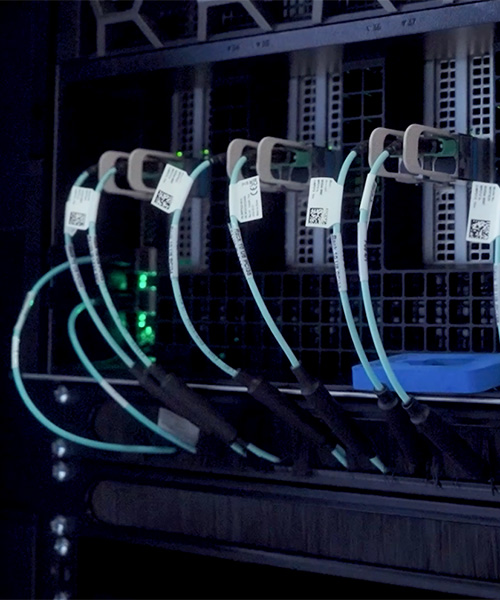July 30, 2025 • 3 min read
How we’re supporting emerging technology companies from feasibility to commercialization
Accelerating the scale-up and scale out of low-carbon solutions through strategic partnerships and our Technology Scaling as a Service (TSaaS) program.
Innovation doesn’t scale itself. Visionary developers create the breakthroughs – with TSaaS, Worley helps accelerate their path to impact, seeking to unlock commercial value and investor confidence along the way .
Using innovation to scale technology for a lower-carbon future
Reaching net zero by 2050 means doing things differently, especially when it comes to scaling technology. With 50 percent of the required technology still in development, accelerating progress depends on more than just innovation. It takes engineering excellence, new business models, digitally integrated systems, and proven project delivery to enable emerging technologies to reach commercial scale faster.
Through our TSaaS program, we combine our global reach, project delivery capability, and deep industry knowledge, helping bridge the gap between promising ideas and market-ready solutions.
Forging partnerships to bring breakthrough technologies to market
Our TSaaS program supports customers across the technology lifecycle – from early-stage feasibility studies and business case development to project delivery and commercialization. One of the best examples of TSaaS in action is our long-standing alliance with Nano One.
Their patented One-Pot process offers a more efficient and innovative way to produce lithium-ion battery cathode active materials (CAM). By combining several steps used in the industry today, their new process simplifies production thereby lowering water and energy consumption, costs and footprint.
Building on years of collaboration with our consulting teams, we formalized our alliance in 2024 to accelerate deployment of the One-Pot process at commercial scale and unlock new market opportunities.
“By bringing together Nano One’s innovation and Worley’s global expertise in scaling technologies, we’re working together to bring more sustainable CAM production to market, and helping enable lower-carbon supply chains,” says Oroma Oyewole, Senior Director, Technology Solutions.
Meeting global net zero targets by 2050 will require an increase in the reliable supply of renewable electricity, and will drive demand for battery materials. Conventional CAM production techniques can result in sodium sulphate waste volumes that are 1.8 times greater than the output. Nano One’s CAM product produces none, and by 2030 conventional battery material factories could be discharging almost six million tonnes of harmful sodium sulfate. This is a scalability challenge the industry cannot afford to ignore.
“We’re still in the nascency of this industry and in order to get those kinds of volumes [to meet demand], we need to solve those problems,” says Dan Blondal, CEO and Founder of Nano One. “So that’s at the core of what we’re trying to do – we’re trying to solve the scalability problems that will allow us to deliver the batteries and the supply chains that can effectively meet those needs and do it in a sustainable way and do it as stewards of the environment.”
From feasibility to reality
By supporting commercialization strategies and delivery roadmaps, TSaaS can help technology developers reduce time to market and build investor confidence. It guides customers and partners in making informed decisions about selecting, integrating, and investing in low-carbon technologies aligned with their goals. More broadly, it offers a scalable approach that may help accelerate industry momentum toward net zero targets. Turning sustainable transformation into reality doesn’t just require new ideas — it requires the right partnerships to bring them to life.






